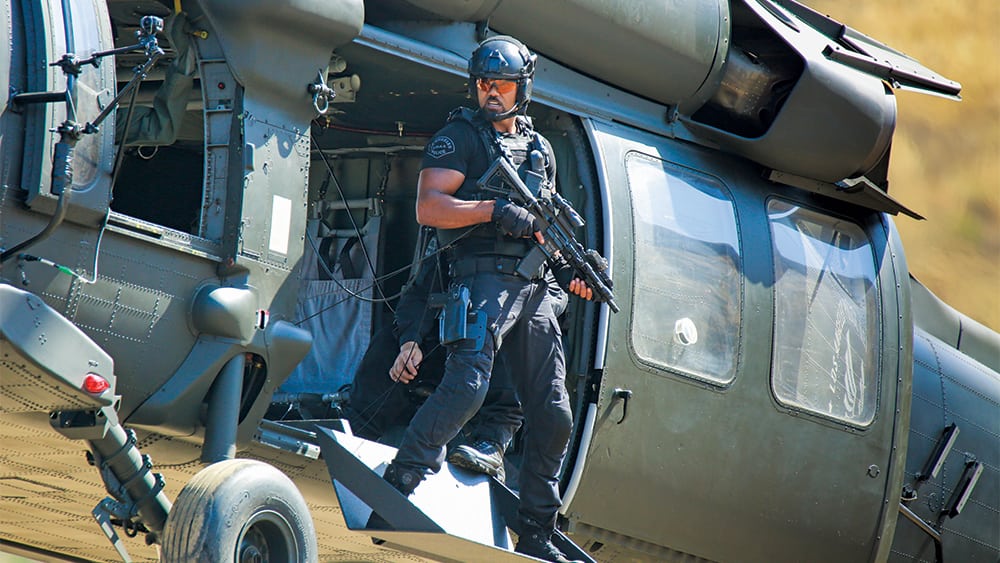
CBS series S.W.A.T., CBS Television Network. Photo: Bill Inoshita/CBS©2017 CBS Broadcasting, Inc. All Rights Reserved


SU on Set of 9-1-1 on FOX with 2nd Unit Director and Stunt Coordinator Mark Vanselow. L-R: Mickey Giacomazzi, John C. Meier (SU), Erik Rondell (SU), Ken Clark, Kris Giacomazzi, Charlie Picerni (SU), Gregory J. Barnett (SU), Mark Vanselow (SU), Dee Bryant, Steve Picerni (SU), Jim Wilkey, Harry Wowchuck, Lance Gilbert (SU), Mike Massa (SU) and missing is Troy Gilbert (SU).


On the set of S.W.A.T. Mike Massa (SU), Sean Rosales, Erik Stabenau (SU), Lance Gilbert (SU), Greg Barnett (SU), Cassie Minick (SUDM), Charlie Brewer (SU), Logan Holladay (SU), Tammy Brewer Austen Brewer. (2018)


